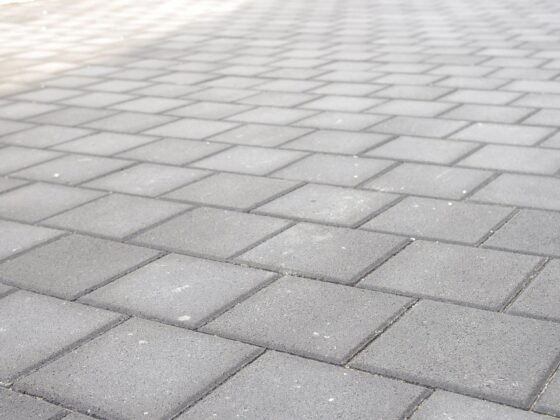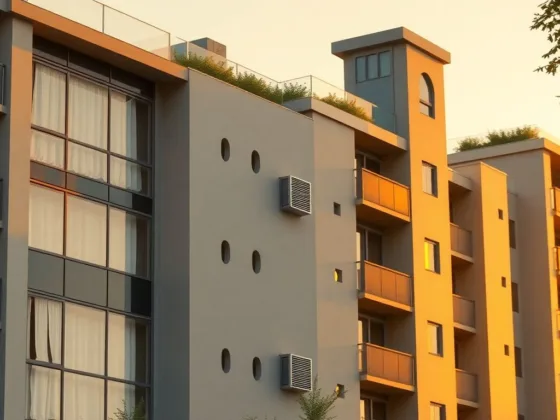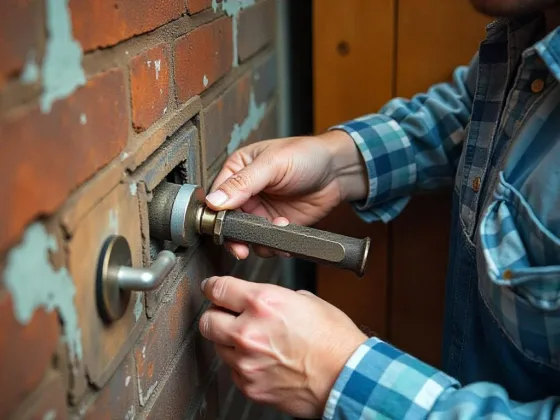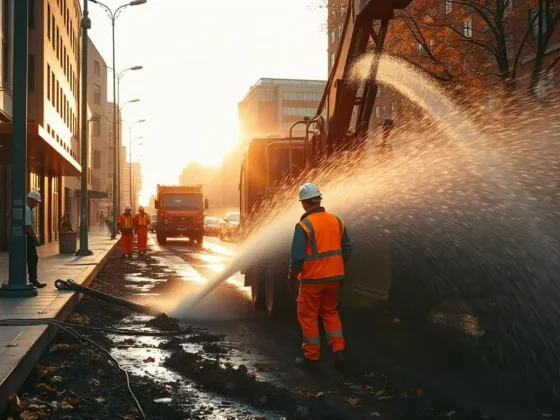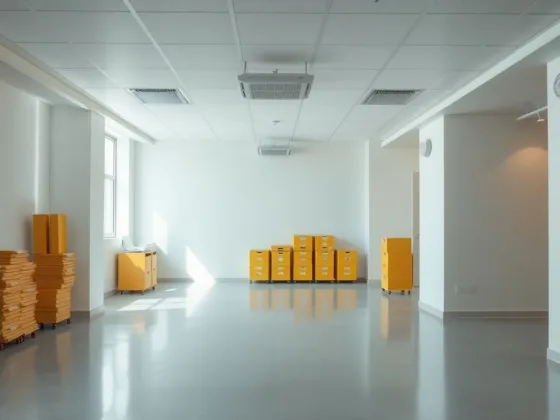Table of Contents Show
People may not think that keeping and maintaining a disaster kit is a waste of time. But, around the world, natural disasters kill an average of 60,000 people each year.
Preparing for the worst should be a vital part of all lives. One day, we may find ourselves amid a natural disaster we never expected to happen. But, if you are prepared for this situation, you will have a higher chance of survival.

Nobody expects disaster to happen within their lifetime. Keep reading to learn how to prepare for a disaster in a way that could potentially save your life one day.
Why Do We Need to Prepare for a Disaster?
Disasters are defined as a sudden event that causes colossal damage or loss of life. The main aspect that you should take away from that definition is the word ‘sudden’. It’s extremely rare for people to be forewarned of a disaster.
Preparing for disaster is the only action people can take to alter the outcome. We may not prevent a natural disaster from happening, but we can ensure we survive the aftermath.
There are many ways to prepare for disaster before it happens. No matter where you are, be it at home or work, you can take steps today to help your future survival. This is another reason why people take training to prepare themselves for emergencies, just like a first aid course Calgary.
Establish the Risks
Take a look around the building you are in and assess for potential risks. Take note of any potential hazards that may arise during a disaster. How will they affect your survival?
Is the surrounding neighborhood a high-risk area? Are you at risk of being trapped due to flooding, earthquakes, or other such natural disasters? What defenses have been put in place should a natural disaster strike?
Does your surrounding environment have defenses against human-made disasters? It’s a sad thing to think about, but not all disasters are natural. People may cause certain catastrophes.
Create a Plan
You have assessed your surroundings and created a list of potential risks. Now it is time to make a plan from your findings. What should you and your loved ones do in each of the situations?
If you are separated, where should your loved ones aim to reach to regroup? Is there an evacuation center within your neighborhood that you should direct to?
Is there local emergency information set to guide you to a safe zone? How would you get from your location to this supplied succor? Is the route safe for you and your family to follow?
Practice Makes Perfect
It is great to have the perfect plan for when disaster strikes, but when it actually happens, you will panic. Reduce the risk of allowing mass hysteria to cause problems by practicing your plan.
By practicing your disaster plan, you may find problems that could disrupt your plan. By bringing these problems to light beforehand, you will be able to lower the risks of a disaster.
As the saying goes, expect the worst and get the best. Whilst practicing your disaster plan, consider every potential problem that may arise. Then take steps to work out a way to circumvent it.
Read Also:
Instruct Your Loved Ones
Once you have taken into account every possible outcome of a disaster, teach your loved ones. Gather them together to run through a range of scenarios in which they may find themselves.
It may come about that you lead your loved ones through the plan to survive. But, what would they do if you were at work when a natural disaster happened? Would they know what to do?
Disaster preparedness should be a priority for everyone. Don’t let the fact that one person may not be present affect the outcome of all this preparation. Keep everyone safe, even if you aren’t there.
Educate Yourselves Prior to Disaster
There are many subjects you can become trained in which will help during a disaster. Most of which may even become useful outside of a disaster, such as CPR and First Aid.
During a disaster, CPR and First Aid can raise the likelihood of surviving. Search online for local classes and learn these must-have skills. Even if a disaster doesn’t strike, you could still save lives at some point.
Now that you have prepared for the actions you need to put into effect, let’s look into what gear you may need.
Stocking up and maintaining a disaster kit can save your life if you become trapped.
What Do You Need in Your Disaster Kit?
In the event of a disaster, you may find that your plan becomes obsolete and you become trapped. If this happens, you could be trapped for several days before rescue finds you.
During these days, you will need supplies to survive – but you will also need to communicate with those outside.
Make sure your disaster kit is in a location where you can gain access should you become trapped.
Stock Pile Your Water
If you find yourself in a mass flooding disaster, your home will be destroyed by water. So much so that a water damage restoration company will have to come to fix it.
If this happens, then you could find yourself surrounded by undrinkable water.
Stockpile a supply of clean water in case you find yourself lacking access to a reserve. You can use this water for both drinking and sanitization.
Keeping a collection of at least one gallon per person should last you a few days.
Water is one of the most important aspects of survival. Becoming dehydrated can lower your chances of survival.
If you do find another source of water, ensure it isn’t contaminated before drinking it.
Gather Your Food
Get prepared for disaster by gathering a healthy-sized supply of food in your kit. Stock about three days’ worth of food to keep alive when finding yourself trapped.
When choosing what foodstuffs to implement in your supply, you need to consider a few things.
Firstly, you need to evaluate the level of perishability. For example, you won’t want food that grows unedible in a short time.
Lastly, take into consideration any allergies that may arise. If you find yourself trapped with a member who’s not of your family, you won’t want to risk their lives. Consider every outcome and stock for everyone.
Keep a Radio
Having a radio will give you a level of communication with that outside. Beforehand, find the radio signal that an emergency broadcast will be sent through.
Having this information when preparing for a disaster could help you in the long run. Emergency broadcasts will inform the population on such things as available shelters or aid.
There is a risk where you find yourself trapped for more than a few days. If this does happen, you will want to ensure you have enough power for the radio to last. Stock up on batteries to keep the radio working.
Lighting Source
If the natural disaster finds a way to cut out all electricity, you will want to have a source of light. Keep a few torches within your disaster kit to guide you through a blackout.
Most torches will run on batteries, so ensure you stock enough for both the radio and the torch. However, you can purchase wind-up torches that you can manually power up.
First Aid Kit
One of the most critical components of a disaster kit is the first aid section. The chances of a person remaining completely unharmed during a disaster are minimal.
If you have completed your training, you should know precisely what is needed as part of your first aid kit. No matter the injury, you will want to mend it before it grows out of hand.
Whistle
Having a whistle or another noise-emitting product can help you signal to that outside. When search and rescue come looking for you, noise can help direct them to your exact location.
Dust Mask
If a natural disaster destroys your home, you may find the air filled with harmful substances. These substances may prove detrimental if inhaled for a significant length of time.
Make sure you get prepared for such situations by supplying dust masks to all the survivors. There is a chance that the air is contaminated, and dust masks could save you from that.
Can Opener
This may seem like a strange one, but having a can opener or Swiss army knife can come in handy. If you have stocked up on a large amount of canned food, you will need a way to get to it.
Having a Swiss army knife with a can opener attachment can help you in many ways.
They are designed to assist in such situations as you may find yourself in. Gather up a supply to share with the other survivors.
Always Be Prepared
Taking action to prepare for disaster could mean the difference between surviving. Follow this checklist and ensure your survival through potentially troubling times.
Assess your surroundings for both home and work. Learn about your local neighborhood and how it can help you survive. Above all, ensure you have a well-stocked disaster kit to keep you alive.
If this article has given you a better understanding of how to survive a disaster, check out what else you can learn on our site. We cover topics such as home improvement and Design Ideas.


